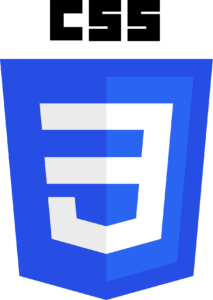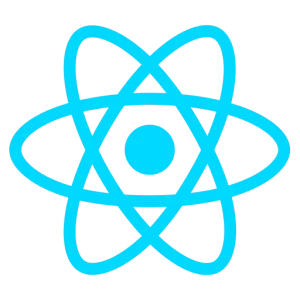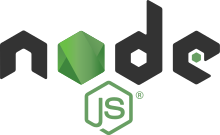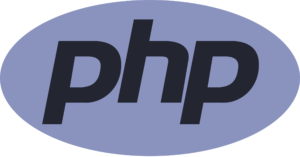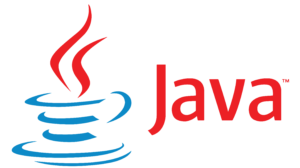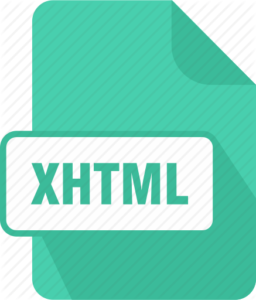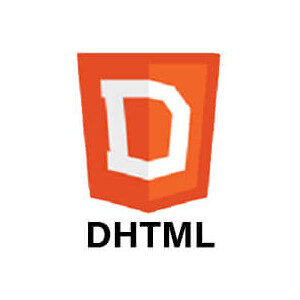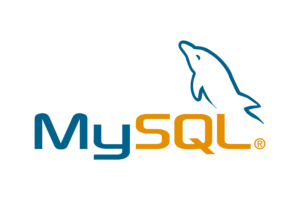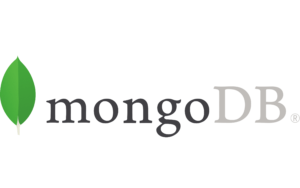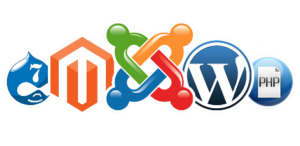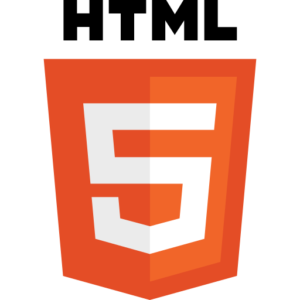
HTML 5
Hypertext Markup Language (HTML) is the standard markup language for documents designed to be displayed in a web browser. It can be assisted by technologies such as Cascading Style Sheets (CSS) and scripting languages such as JavaScript.
Web browsers receive HTML documents from a web server or from local storage and render the documents into multimedia web pages. HTML describes the structure of a web page semantically and originally included cues for the appearance of the document. It is a non-proprietary format based upon SGML, and can be created and processed by a wide range of tools, from simple plain text editors. HTML uses tags such as and to structure text into headings, paragraphs, lists, hypertext links etc.
